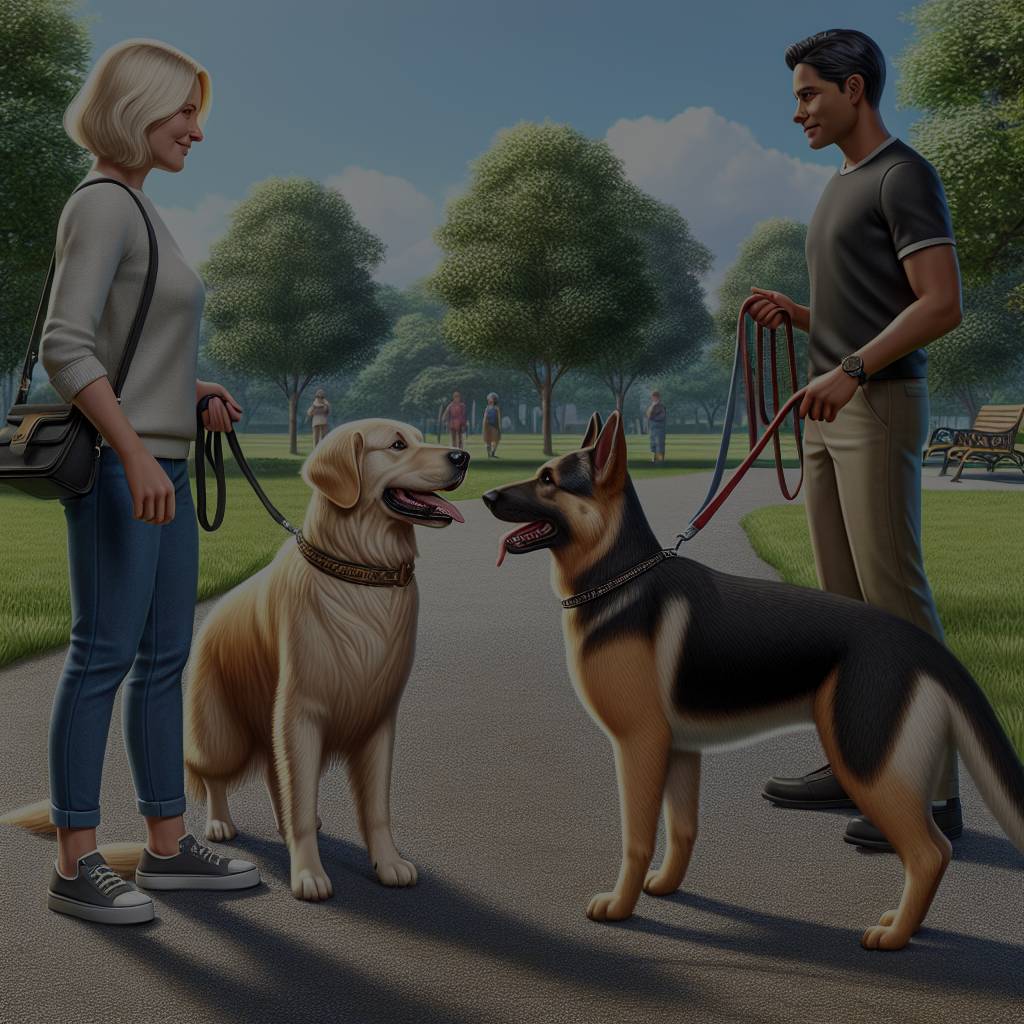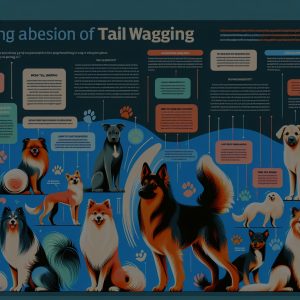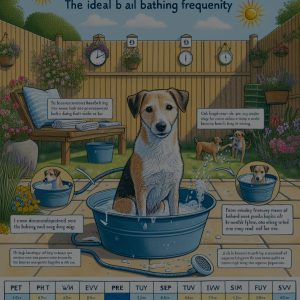
Introducing dogs to one another can be a delicate process that requires attention to detail and understanding of canine behavior. Establishing positive interactions between dogs is crucial for their well-being and safety. By learning how to read canine body language, the importance of proper introductions, and how to build positive dog-to-dog interactions, pet owners can ensure harmonious relationships between their furry companions.
Understanding Canine Body Language
Canine body language is a crucial aspect of dog communication that can provide valuable insights into their emotions and intentions. Dogs use a combination of vocalizations, facial expressions, and body postures to convey their feelings. For example, a wagging tail may not always indicate happiness; it could also signify anxiety or tension. By observing and understanding these cues, pet owners can anticipate and prevent potential conflicts during introductions.
It is essential to pay attention to signs of stress or discomfort in dogs, such as lip licking, yawning, or averting their gaze. These behaviors may indicate that a dog is feeling overwhelmed or anxious in a particular situation. By respecting their boundaries and giving them space when needed, pet owners can help create a more positive and relaxed environment for introductions. Additionally, learning to recognize when a dog is showing signs of playfulness, curiosity, or friendliness can facilitate smoother interactions between dogs.
Importance of Proper Introductions
Proper introductions between dogs are essential to set the stage for successful and positive interactions. It is crucial to introduce dogs in a neutral territory where neither dog feels territorial or threatened. Keeping the initial meeting brief and supervised can help prevent any potential conflicts from escalating. It is also important to allow the dogs to approach each other at their own pace and avoid forcing interactions if they seem hesitant or uncomfortable.
Pet owners should be mindful of their own behavior and emotions during introductions, as dogs can pick up on their cues. Remaining calm, confident, and patient can help reassure the dogs and create a more relaxed atmosphere. Providing treats, toys, or other positive reinforcements during introductions can also help associate the presence of another dog with positive experiences. By taking the time to set the stage for a successful introduction, pet owners can help foster a harmonious relationship between their dogs.
Building Positive Dog-to-Dog Interactions
Building positive dog-to-dog interactions requires patience, consistency, and positive reinforcement. Once the initial introductions have been made, it is important to continue monitoring the interactions between the dogs and intervene if necessary. Redirecting any negative behaviors, such as growling or snapping, and rewarding desirable behaviors, such as playfulness or calmness, can help reinforce positive interactions.
Creating opportunities for dogs to engage in shared activities, such as walks, playtime, or training sessions, can also help strengthen their bond and build positive associations with each other. It is essential to provide each dog with their own space, resources, and attention to prevent competition or jealousy. By fostering a supportive and structured environment for the dogs to interact, pet owners can help cultivate a positive and harmonious relationship between their furry companions.
Establishing positive canine encounters requires a combination of understanding canine body language, proper introductions, and consistent efforts to build positive interactions between dogs. By being attentive to their behavior, respecting their boundaries, and providing a supportive environment, pet owners can help create harmonious relationships between their furry companions. With patience, consistency, and positive reinforcement, dogs can learn to coexist peacefully and enjoy each other’s company.










